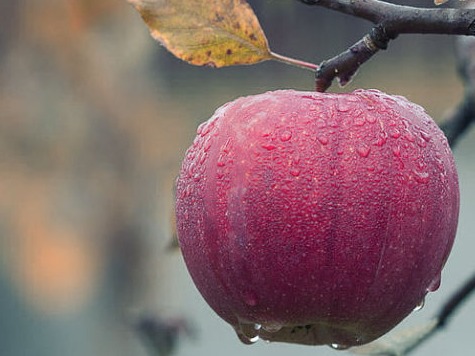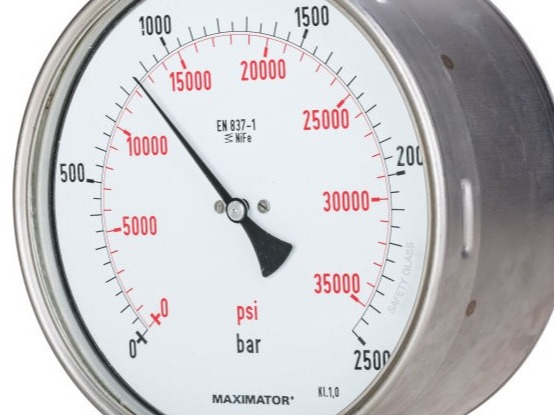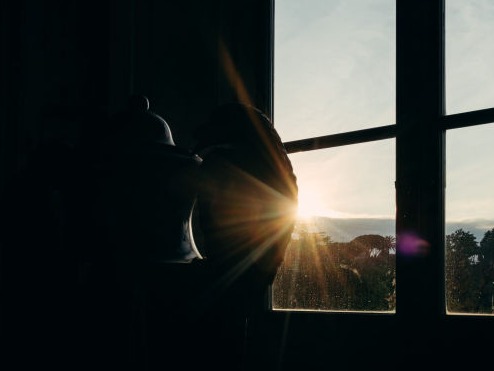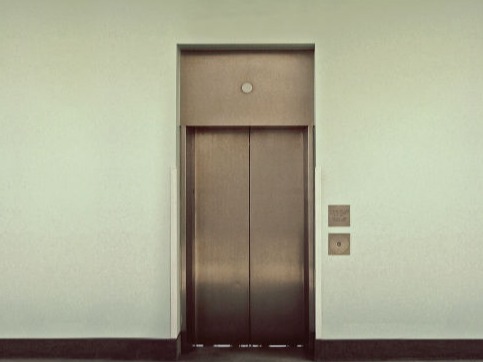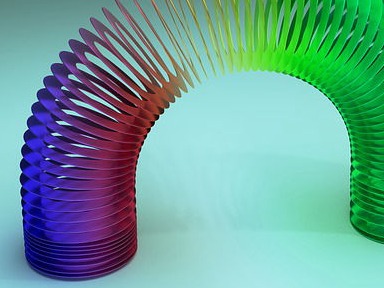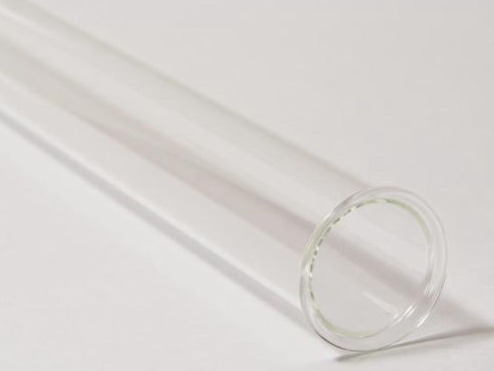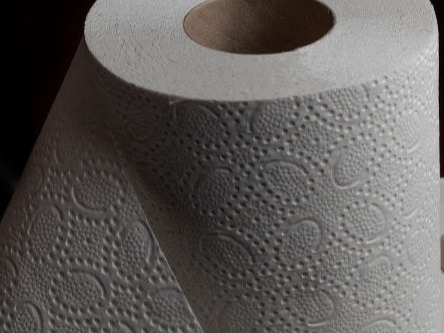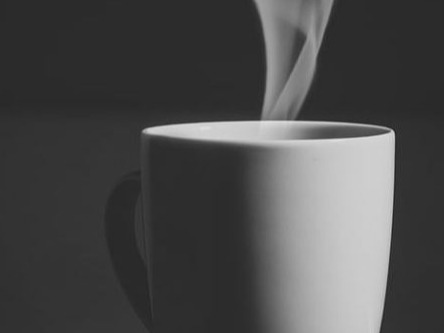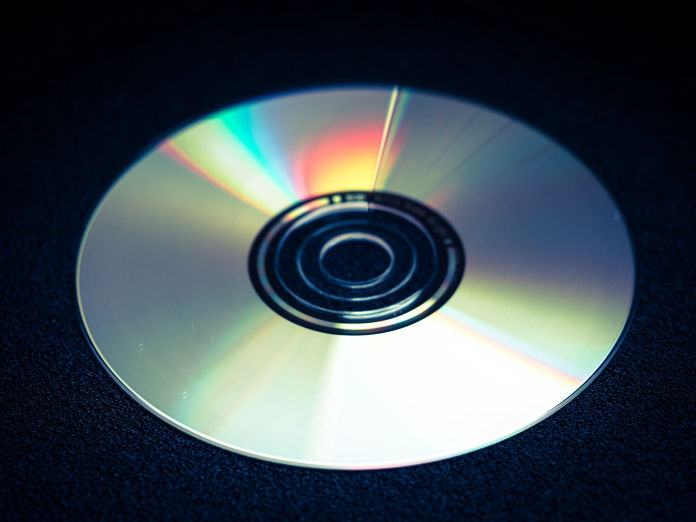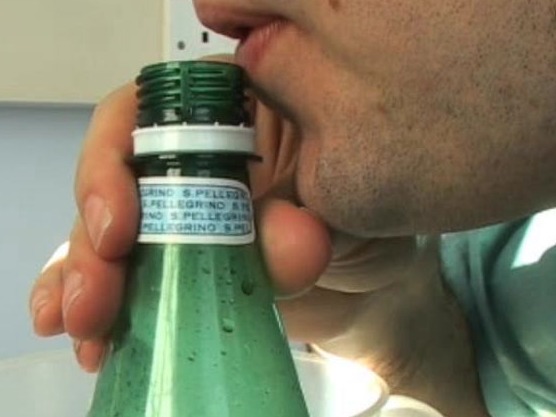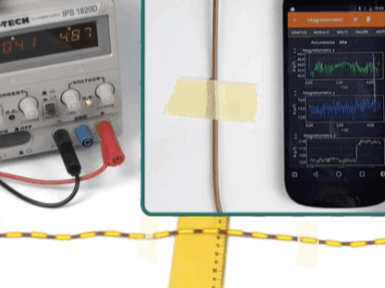Free Fall
Author: Giovanni Organtini
id: exp-20200902-1-v1
An experiment about free fall. It allows to experimentally test the independence of motion in different directions, as well as to measure the gravity acceleration. Simple, yet effective. Can be done with any smartphone.
Stevin's Law
Author: Sara Sidoretti
id: exp-20200916-1-v1
This experiment allows to measure the pressure under a fluid (salted water) as a function of the depth. In the proposed version it allows the measurement of the atmospheric pressure, as well as the gravitational acceleration or the density of the fluid. It requires a smartphone equipped with a barometer.
Atmospheric pressure
Author: Sara Sidoretti
id: exp-20200916-2-v1
This experiment is a sort of variation of the experiment on Stevin's Law: it allows to study how the atmospheric pressure changes with altitude and open a discussion about its formulation. Is the increase of the pressure with depth linear? Or its linear behaviour has to be considered a first order approximation? It requires a smartphone equipped with a barometer and is more suitable for university students.
